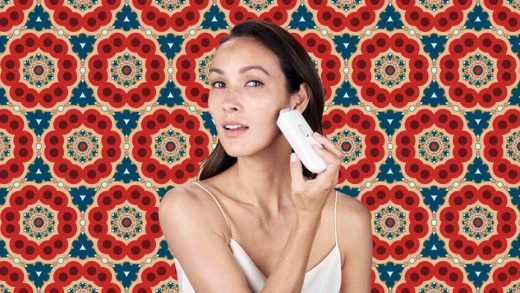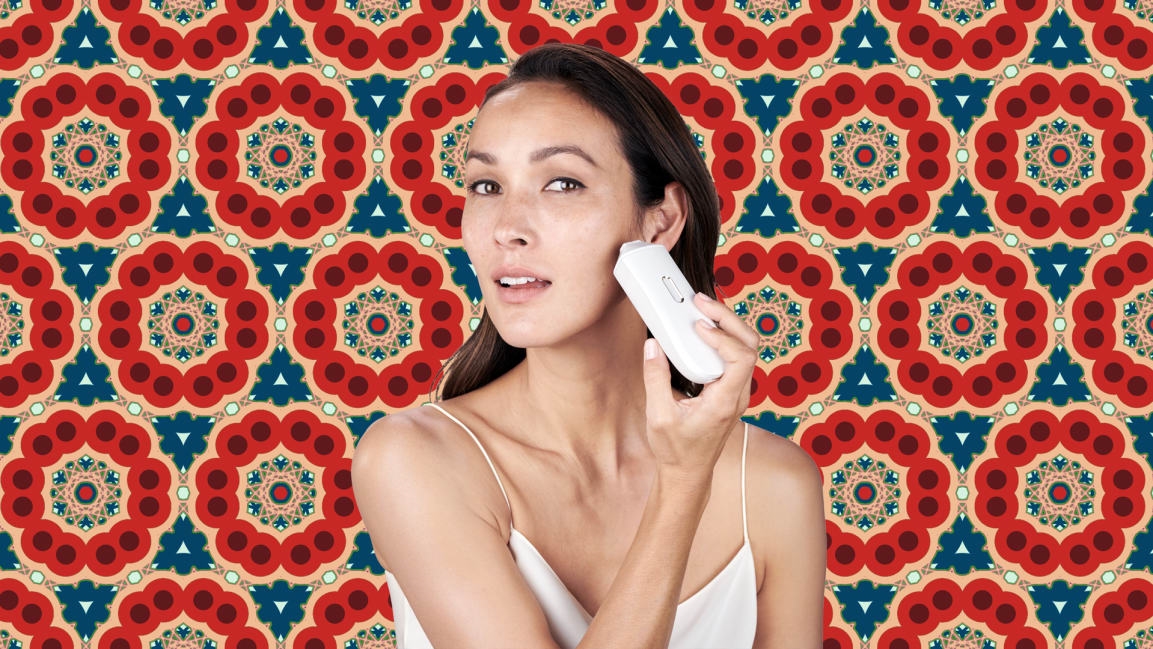This $600 ‘inkjet printer for skincare’ gave me radiant, glowy skin—and changed how I think about beauty
I was lucky to be spared years of teenage acne, but I’ve had broken capillaries, patchy spots, and enlarged pores most of my adult life. And after I turned 30, I developed a glorious strip of melasma (a “sun mustache”) across my upper lip. The delicate balance of maintaining my “good” texture—skin that looks like skin—while disguising my “bad” texture is a constant push and pull. Still, I continue to fall victim to “no makeup” makeup, the frustratingly contradictory trend that will never die. A white whale that $599 high-tech beauty printer Opte hopes to fill.
Weirdly enough, “printer” is a fair representation of what Opte is. The size and shape of an electric razor, Opte’s Precision Wand’s tiny computer claims to detect and camouflage hyperpigmentation with a series of gentle swipes. The product deposits extremely small blends of white, yellow, and red pigments to hide discoloration using a blue LED and a hypersensitive camera that scans 200 photos per second. Opte then relies on an algorithm to apply color—housed in replaceable serum cartridges, delivered through 120 thermal inkjet nozzles—only onto contrasting patches of melanin via what CEO Matt Petersen calls “the world’s smallest inkjet printer.”
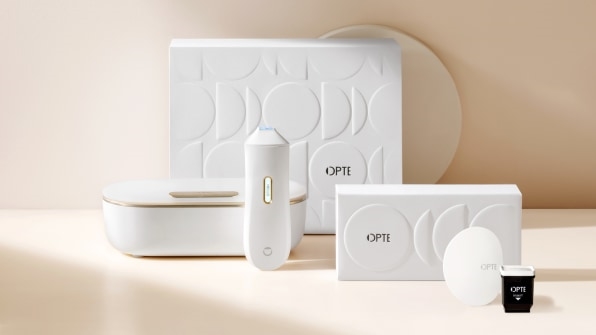
Opte is a 15-year, 500,000-R&D-hour project developed under P&G Ventures, officially launched in 2020. While targeting hyperpigmentation was an end goal, the broader mission looked at focusing on “precision skincare.” By putting down a much smaller amount of product to create an illusion of evenness, Opte reasons that a user’s natural radiance—that healthy glow we pay buckets to replicate—can shine through. Additionally, for consumers with freckles or other features they want to keep, Opte allows them to swipe over the patches they want to tone down, without the stark contrast of spot treatment or foundation, while also delivering skin-healing ingredients like niacinamide to help fade trouble areas over time.
I admit I was an Opte skeptic when a little pod-shaped container from the future showed up at my apartment. You start by dropping the included 11-ingredient serum cartridge into the pod; the $129 cartridges and refills come in three shades that the company says cover 98% of skin tones and last 90 days. The handheld device very loudly refills itself and displays instructions on a tiny screen on its handle. To use Opte is easy enough: Pop on its magnetic roller head and slowly, lightly sweep back and forth across your skin. It clicks each time it detects hyperpigmentation—even areas not seen by the naked eye—which I can verify because those aforementioned blotchy spots caused what sounded like a drum line from within the device.
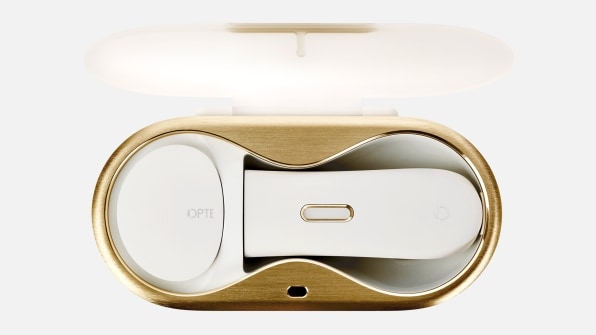
I swiped a few times around my face, which took about 10 minutes in front of a mirror, adding extra layers in problem areas and attempting to cover the dark circles around my eyes. (It did not, but that’s not its purpose.) I felt slightly Emperor’s New Clothes about it all at first. I couldn’t tell where color went down and where it didn’t, or whether it did anything at all. I swatched on a few more layers, allowing for them to dry for a few seconds in between, but my skin continued to look the same. It was only an hour later when I caught a glimpse of myself in natural light that I realized my skin looked great.
Admittedly, my skin is pretty okay to start with. I follow a regimen that keeps it plump and clear. But as I’ve gotten older, I’ve noticed a significant dullness that cannot be disguised with just a single layer of makeup. While I can’t rely on the Opte to hide a blemish or dark circles—I’ll still need concealer to achieve that level of coverage—I can’t quite describe the “glowiness” using this gadget generates. With more use, I’ve come to retrain my brain to expect Opte to work more like an eraser than a crayon; it’s skincare, not makeup. My skin looks healthier and brighter but still, without a doubt, like my skin.
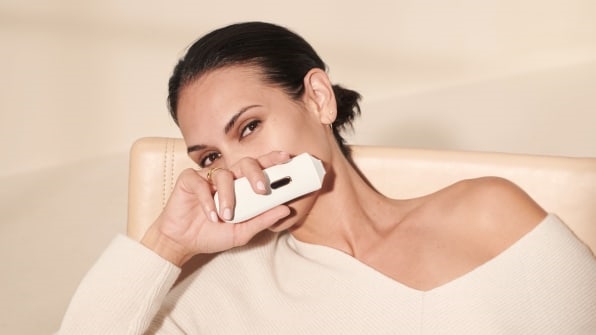
I’ve become more adept with the device; it now takes me less than five minutes to build the coverage I like, and I’ve used only 15% of my serum through intermittent use over 30 days. I still think it’s annoying that the device needs to be plugged in to initially operate and refill the wand. I still wonder who is represented in that 2% of unserved skin tones. And I still think it’s outrageously expensive—though I’ve tried to rationalize with cost-per-wear combined with the upsetting grooming gap statistics that say women not only spend a ton of money on a lifetime of beauty products, but also time.
While Opte is still a direct-to-consumer product—a potentially hard sell for those who can’t try until they buy—Petersen says the company is partnering with dermatologists to get sample devices into consumers’ hands as a less-invasive but still effective option. Petersen is elusive on specifics about where the company is going in the future, but says the brand continues to work with P&G to explore other opportunities for its precision skincare tech.
Has Opte eliminated all my spots in 30 days? No. Will it? Who knows! (Niacinamide is not a quick-fix solution.) But do I still recommend it? Honestly, yes. It’s easy to use, looks great, and offers not only a unique result, but a mindset shift. Your skin is beautiful. Why spend the rest of your life covering it all?
Fast Company’s Recommender section is dedicated to surfacing innovative products, services, and brands that are changing how we live and work. Every item that we write about is independently selected by our editors and, whenever possible, tested and reviewed. Fast Company may receive revenue from some links in our stories; however, all selections are based on our editorial judgment.
(62)

